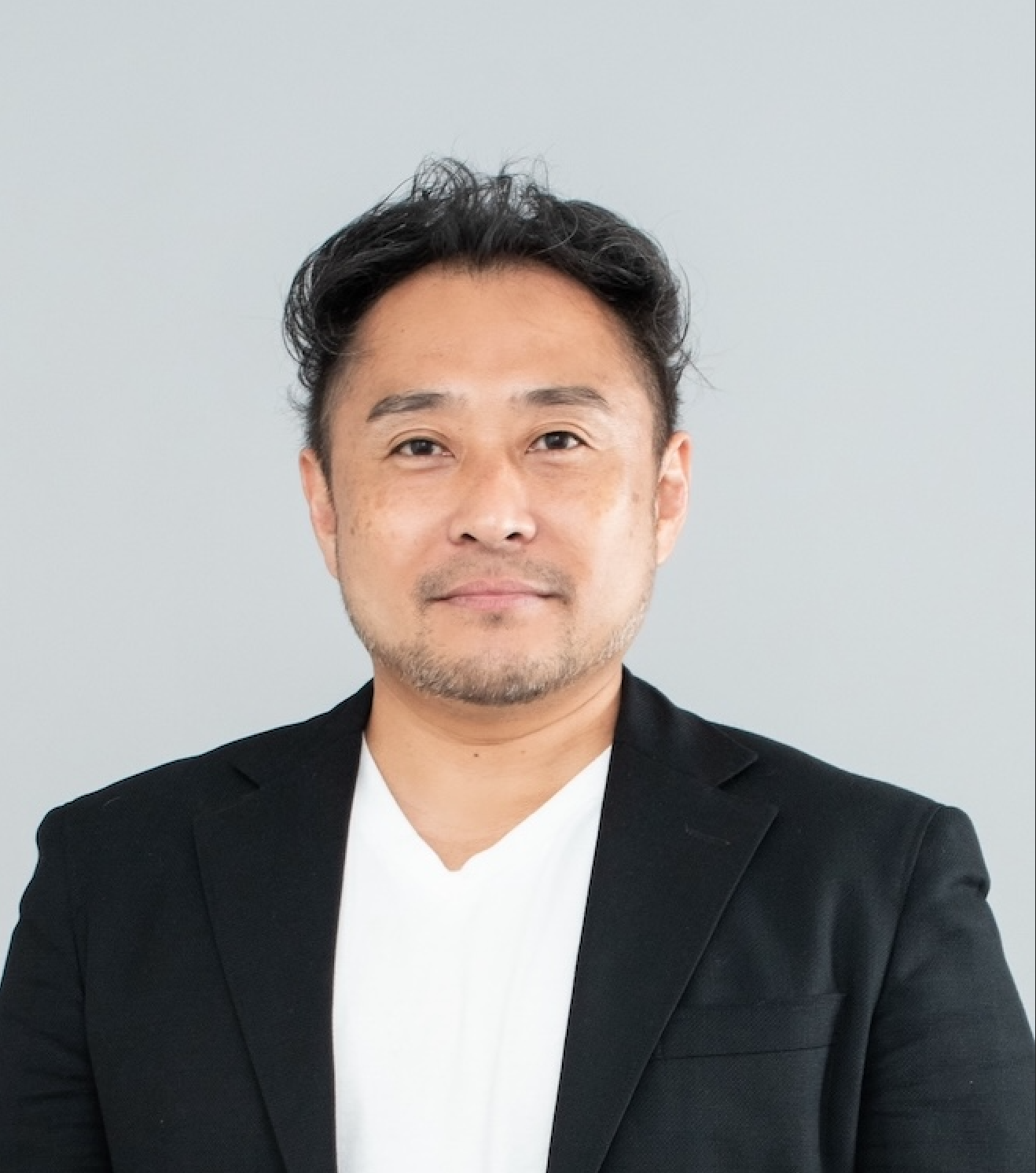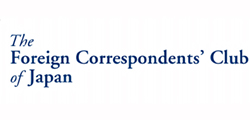Issue:
August 2025
Foreign media coverage of Japan lacks nuance, says Takashi Yokota, editor-in-chief of the Japan Times

Japan’s most venerable English-language newspaper is nearly as old as modern Japan itself. The Japan Times first went on sale in 1897, two years after Japan defeated China in the First Sino-Japanese War. After various incarnations, its daily circulation peaked in the mid-1990s at 75,000 copies, when it was owned by Nifco, a plastic components manufacturer. The newspaper today claims daily hardcopy sales of 19,000 and a smaller number of online subscribers (a hard paywall was erected five years ago).
Nifco’s boss, Toshiaki Ogasawara, had treated the paper with benign neglect, content to bask in the prestige of its rich history, while ignoring grumbling about its “liberal” politics (the right in Japan had long dubbed it the “anti-Japan Times”), sinking readership and years of declining revenues. His death in 2016 allowed Nifco to look for new proprietors. In stepped News2u Holdings, a Tokyo-based media firm that distributes news releases, owned by a shipbuilding company.
The paper’s new managers set about cleaning house, sacking many of its long-standing columnists, notably Jeff Kingston of Temple University Tokyo and Jiro Yamaguchi of Hosei University, both full-throated critics of the government of the late Shinzo Abe. In 2018, executive editor Hiroyasu Mizuno then triggered a mutiny among the paper’s staff, and a viral international story, when he changed the wording of its descriptions of wartime “comfort women” and “forced laborers” to reflect conservative claims that neither group had been forced at all.
These editorial battles arguably brought the JT closer to its original mandate, when it was essentially a platform for establishment views. As a number of histories, including one by the FCCJ’s own Peter O’Connor, have shown, the paper originally functioned as a propaganda organ for the Meiji government, which bristled that foreign-run newspapers during the era of Western extraterritorial concessions, reflected foreign views of Japan, not Japanese.
Takashi Yokota joined the paper in January 2019, after this messy rebirth, and a stint as editor-in-chief of Newsweek Japan (he had been introduced a year earlier to the Japan Times’ executive editor by Tomohiko Taniguchi, a former foreign policy speechwriter for Abe). It was in one respect a return to Yokota’s journalistic alma mater – he had been the paper’s very first intern in 1998. Raised on the U.S. west coast to Japanese parents and perfectly comfortable in both cultural and linguistic milieus, Yokota saw his role as giving a “more accurate picture of Japan”, following years of “distorted” narratives. He was quickly promoted to managing editor in 2020.
The omens for the paper were not good and remain uncertain. With readership and revenues swooning most of the English-language titles, including the Mainichi, the Asahi and the Nikkei, have abandoned daily print and shifted online. Only the Japan News, propped up by the still powerful Yomiuri Shimbun, still shares the print arena.
Edited highlights of the Number 1 Shimbun's recent interview with Yokota
I always felt that the newspaper had so much more potential. It also tied into why I became a journalist. I grew up in the San Francisco Bay Area in the 1980s and early 1990s, during the time of Japan-bashing – those were still the days when some would call us “Japs” and “Nips” at school. There certainly were different sensibilities back then. Did I feel Japan was being accurately portrayed in the media? The Western perceptions about Japan were not nuanced. That’s what motivated me to get into the news business, because of my bicultural, bilingual background as a Japanese in America. I began thinking about a career in journalism during my sophomore year in college at Keio. I called up the Japan Times and became the first intern there, before I worked at Time, the Los Angeles Times and Newsweek Japan/Newsweek International. And now I’m here.
The news coverage was not where it should have been. It was very reliant on Kyodo. At the time I joined the paper in 2019, one of the first things that news editors would say when news broke was: “What’s coming from Kyodo?” (instead of assigning the story to staff). The news writing wasn’t the best. The paper already had a robust life and culture section, but the front page barely had staff-written stories. In the early years I joined the JT, I used to tell my colleagues: “We’re a newspaper. It’s great to have a strong life and culture section, but we have to be known for our news. Do you think customers will be coming back to an Italian restaurant that serves pretty good dessert, but mediocre pasta?”
Why do I think the Japan Times used to have a reputation of being “anti-Japanese?” I don’t think it was ideological. I think part of it had to do with a simplistic understanding of what “criticism” in journalism is. There’s a difference between healthy skepticism/criticism, and mindlessly criticizing everything left and right. It’s easier to criticize everything because it gives you the appearance of doing your job as a journalist – but actually you’re not. You have to be fair and provide perspective.
There were these fundamental journalistic elements that I thought were missing in some parts of the newspaper. Elliott Samuels, our managing editor at the time, and I made it our editorial policy to provide accurate and authoritative news coverage and analysis, as well as sophisticated content on culture.
The role of a newspaper is to put things in perspective. I think certain pieces lacked perspective or nuance, basically playing off a narrative.
We strive to practice the best journalistic principles. Newspapers shouldn’t be taking one side. I don’t consider myself a liberal or a conservative; I’m a journalist.
‘Wacky Japan’
I’m not seeing the "wacky Japan" stories we used to see in the 1990s and 2000s. The foreign media have a role to play in Japan (in breaking stories that are considered taboo among the Japanese media) but is it the only force? The Asahi Shimbun and others break scoops that challenge the government and authorities. That said, I’d be lying if I said I was never unhappy with the foreign media coverage. Sometimes when you talk to the reporters (at foreign media outlets) you hear that their work has been edited and edited and taken to a completely different direction, so it’s not necessarily the reporter’s fault.
I think the New York Times had a tendency to play to a particular narrative off storylines, like Japan is irredeemably sexist or that Shinzo Abe was trying to turn Japan into a totalitarian country. That’s peddling narratives. I tell our reporters: we don’t peddle narratives.
I think we have moved past the worst stage, at least compared to the 1990s and 2000s. That was its peak. Is Japan atoning for its wartime past … this idea that Japan has never apologized, which is factually incorrect. There is probably a better understanding and a realization that a lot of this was politically driven by the countries involved: China and South Korea.
I see more attention on Japan these days. Not necessarily in the news, but Japan’s increased presence in the geopolitical sphere has been attracting more eyeballs to what is going on in Tokyo, in business, economics and politics. When I started out in this profession, there were far more foreign reporters and bureaus on the ground. Now there are far fewer. The Associated Press used to have 20 reporters; now they have fewer than five. So, the foreign presence has shrunk.
Committed to print
Stepping up the news coverage. We reduced our reliance on news wires and even ended our membership with Kyodo News. We have won several international awards for both news and features. Our newsroom is roughly 50, including editors and journalists. We’re recruiting. I’m amazed at the new generation of people coming to Japan, who know the language and culture. If we had more resources, we’d focus on digital content and more social media engagement. I think we’ve come a long way, but we can always do more. And because there is this larger interest in Japan globally, there are more discerning readers so we need to step up our game.
One of the questions I always ask candidates in job interviews is to explain what is important in journalism and what is the difference between a journalist and an activist. They can be passionate about certain issues, but they need to have a clear understanding about the difference.
Will the newspaper still be around in five years? Yes, of course. First, the journalism has to be there. I’d like to have a more robust newsroom, growing our reporters and breaking stories. Maintaining the print product is important. During my time at Newsweek, at one point it ceased printing the physical magazine. You used to see Newsweek and Time magazine at airports and supermarket cashiers. Once you cease physical publication, you lose that presence in people’s minds (the magazine later resumed print publication). The publisher of the Japan Times, Minako Suematsu, is committed to print. The paper still brings in a lot of revenue and helps supplement the digital product.
David McNeill is professor of communications and English at University of the Sacred Heart in Tokyo, and co-chair of the FCCJ’s Professional Activities Committee. He was previously a correspondent for the Independent, the Economist and the Chronicle of Higher Education.

